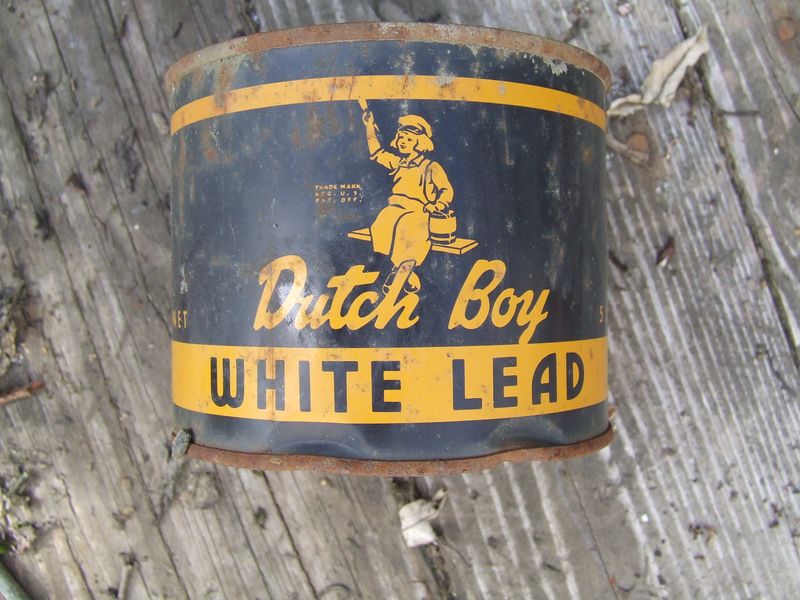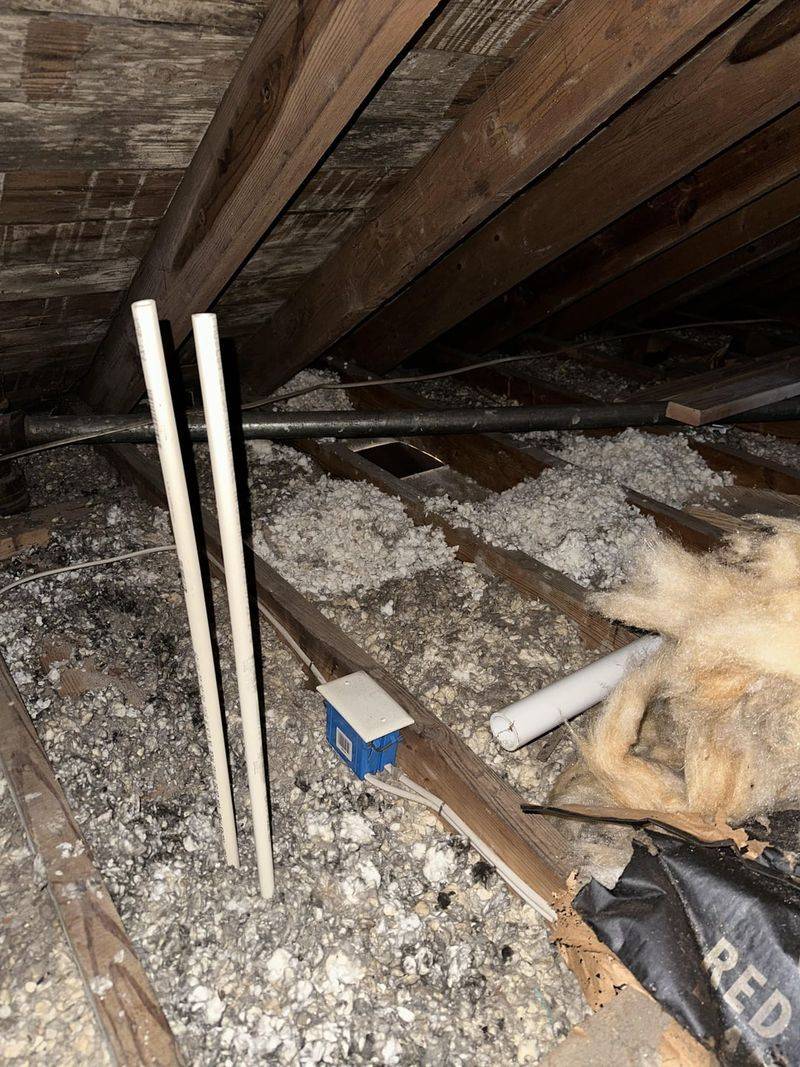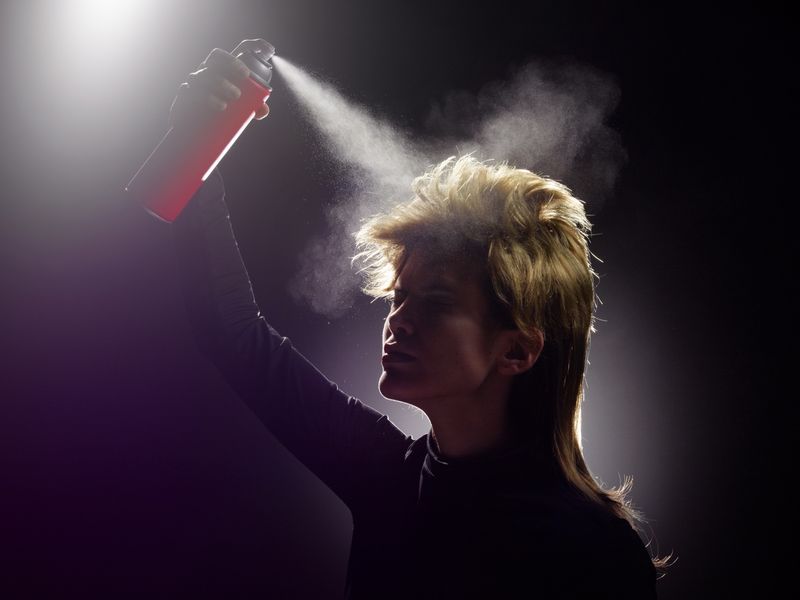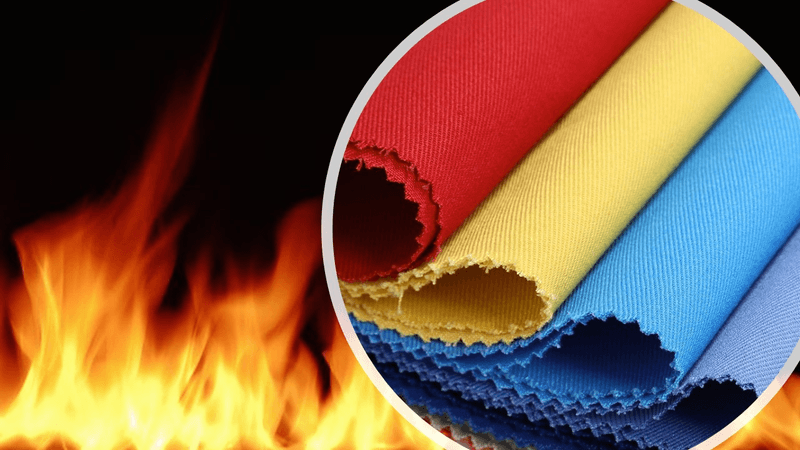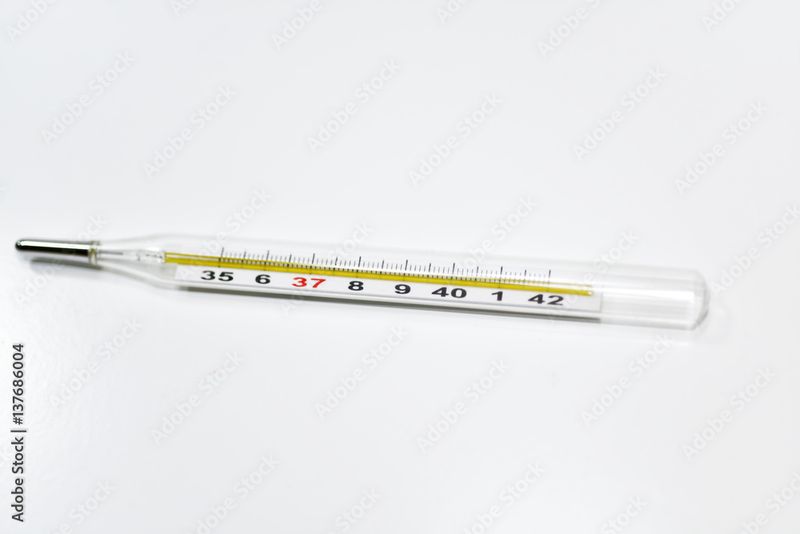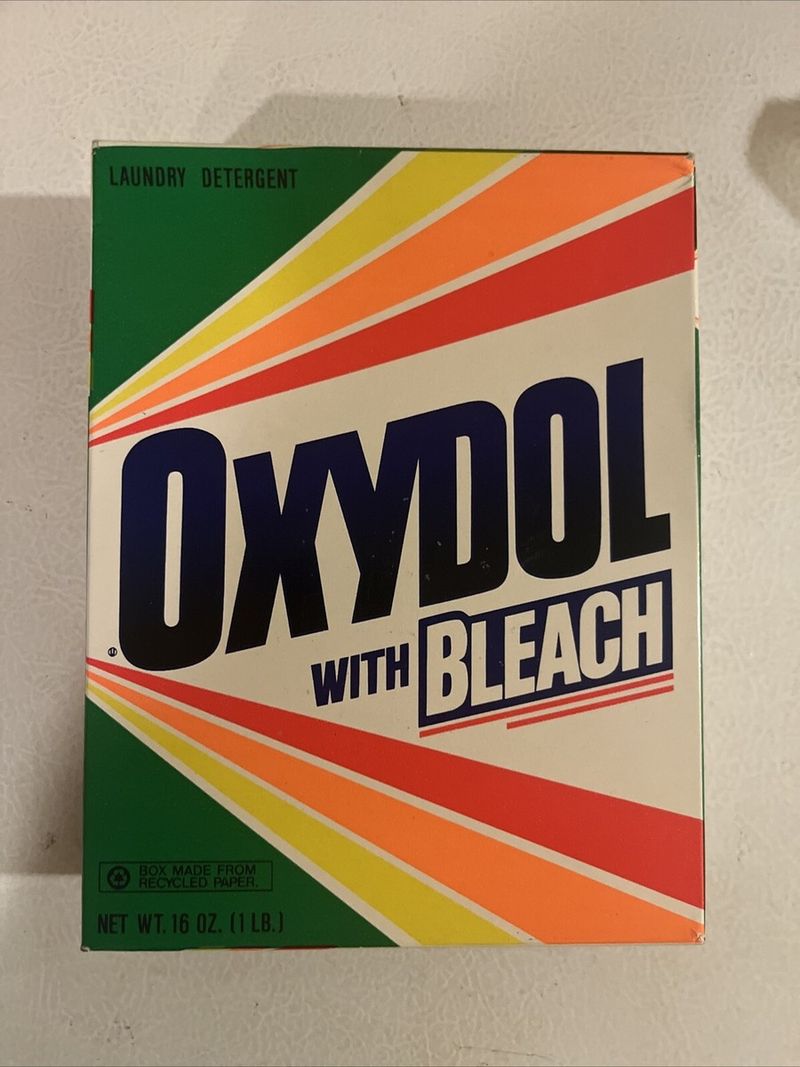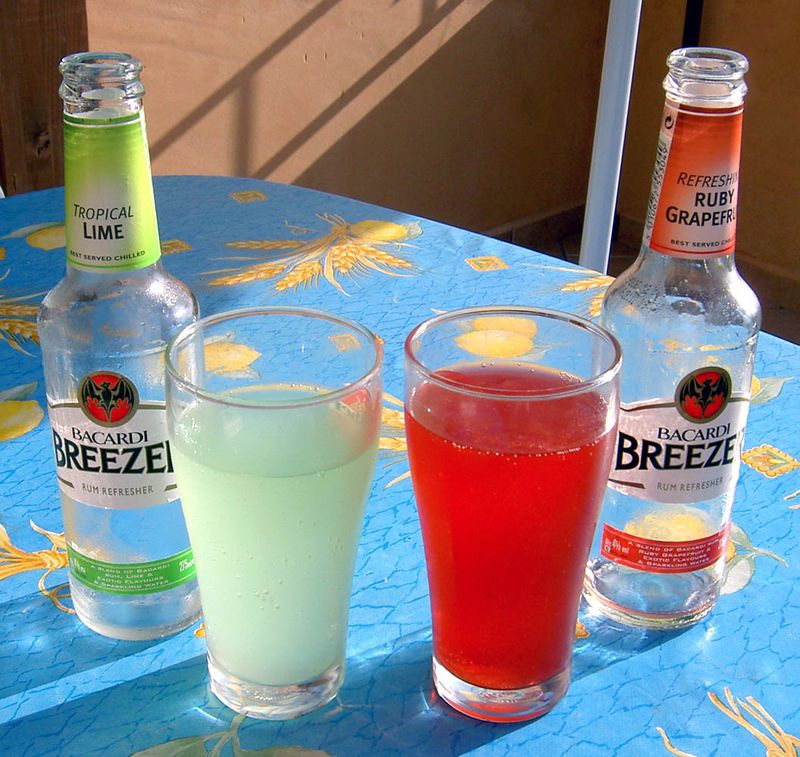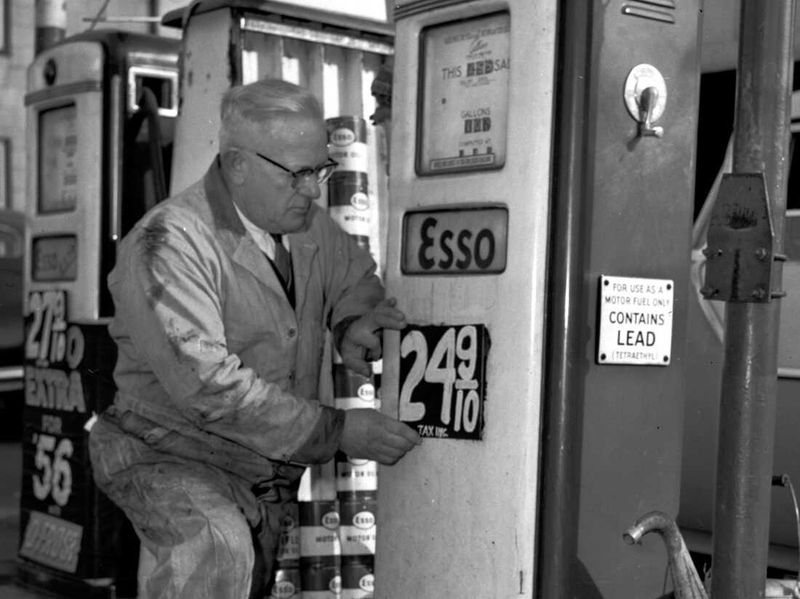The 1980s were a vibrant time, full of colorful fashion, groundbreaking music, and unique gadgets. Yet, many things considered normal then are banned today. This list explores 14 such items, offering a nostalgic look back at what once was.
From toys to technology, discover what has been set aside in favor of modern standards and why these items fell out of favor. Prepare for a fascinating journey through the past and see how much has changed over the decades.
1. Lead-Based Paint
Lead-based paint was once a staple in households, praised for its durability and vibrant colors. However, it posed severe health risks, particularly to children, leading to its ban. Exposure to lead can cause developmental problems, making it a hazard in homes.
In the 1980s, many homes featured lead paint, often in bright, bold colors that defined the era’s aesthetic. As awareness grew, regulatory measures were taken.
Today, lead paint is strictly regulated, and homes with it require special care for removal. The vibrant colors of the past now symbolize a lesson in safety.
2. Asbestos Insulation
Asbestos was a popular insulation material, known for its fire-resistant properties. Unfortunately, it was also a health hazard, linked to respiratory issues and cancer.
During the 1980s, asbestos was found in homes, schools, and commercial buildings, hidden behind walls and ceilings. Its ban came as studies revealed its dangerous effects.
Nowadays, asbestos removal is a critical safety measure, and its presence in buildings requires expert handling. What was once a common building material is now a cautionary tale about the importance of safety regulations.
3. CFC Aerosol Sprays
Chlorofluorocarbons (CFCs) were commonly used in aerosol sprays during the 1980s. They offered convenience but also contributed to ozone layer depletion.
The sprays were a household staple, found in hair products, deodorants, and cleaning supplies, making daily grooming quick and easy. However, environmental concerns led to a global phase-out.
Today, CFCs are replaced with more eco-friendly alternatives, highlighting our shift towards environmental consciousness. The aerosol cans of the 80s now serve as a reminder of our evolving relationship with the planet.
4. Lawn Darts
Lawn darts, a popular backyard game, became notorious for their safety hazards. The darts, with sharp metal tips, posed significant injury risks, particularly to children.
In the 1980s, families enjoyed this game without realizing the potential dangers. It was a staple at gatherings and barbecues, embodying the carefree spirit of the times.
The ban came after numerous injuries, prompting a reevaluation of toy safety standards. Lawn darts now stand as a testament to the importance of balancing fun with safety, shaping toy regulations today.
5. Toys with Magnets
Toys featuring small, powerful magnets were all the rage in the 1980s, offering interactive fun. However, they posed severe risks if swallowed, leading to serious health issues.
Children were fascinated by the magnets, using them to build and create. Unfortunately, the dangers were not immediately apparent, leading to accidents.
The ban on such toys signified a shift in safety standards, prioritizing children’s well-being. Today, these toys serve as a reminder of the evolving understanding of child safety, influencing the design of modern toys.
6. Flame Retardant Fabrics
Flame retardant fabrics were once hailed for enhancing safety in homes, found in furniture, curtains, and clothing. However, concerns arose over their chemical content and health risks.
In the 1980s, these fabrics were widespread, offering peace of mind against fire hazards. Studies later revealed potential links to health issues, prompting a reevaluation.
Modern regulations favor safer alternatives, reflecting an increased focus on health and safety. The evolution of flame retardant fabrics highlights the ongoing balance between risk and protection in household items.
7. PCBs in Electrical Equipment
Polychlorinated biphenyls (PCBs) were used in electrical equipment for their insulating properties. Unfortunately, they were found to be environmentally toxic and harmful to human health.
In the 1980s, PCBs were common in transformers and capacitors, essential for the era’s technological advancements. The ban emerged as their detrimental effects became clear.
Today, PCBs have been replaced by safer materials, emphasizing the shift towards environmental responsibility. The legacy of PCBs underscores the importance of sustainable practices in technology and manufacturing.
8. Mercury Thermometers
Mercury thermometers were standard medical tools, valued for their accuracy. However, the toxic nature of mercury raised health and environmental concerns.
Throughout the 1980s, these thermometers were a fixture in homes and doctor’s offices. The dangers of mercury exposure led to their eventual ban, replaced by safer digital options.
Today, mercury thermometers are a thing of the past, highlighting the progress in medical technology and environmental awareness. Their phase-out marks a crucial step in prioritizing health and safety in medical equipment.
9. Tanning Beds
Tanning beds soared in popularity during the 1980s, offering a convenient way to achieve a sun-kissed glow. However, they posed significant health risks, including skin cancer.
Salons proliferated, and tanned skin became a beauty standard of the time. As research highlighted the dangers of UV exposure, regulations tightened.
Today, tanning beds are banned or heavily restricted in many places, reflecting a shift towards health-conscious beauty practices. The legacy of tanning beds serves as a reminder of the changing standards in health and beauty.
10. High-Phosphate Detergents
High-phosphate detergents were once the go-to choice for households, prized for their cleaning power. However, their environmental impact led to concerns, prompting regulatory changes.
In the 1980s, these detergents were a staple in laundry rooms, making cleaning more efficient. As awareness of environmental issues grew, alternatives were sought.
Today, eco-friendly detergents have replaced high-phosphate options, reflecting a commitment to sustainability. The change illustrates the shift towards environmentally conscious choices in everyday products.
11. Alcopops
Alcopops, sweet alcoholic beverages, gained popularity in the 1980s, appealing to young drinkers. However, their sugary nature masked the alcohol content, leading to consumption concerns.
These colorful drinks became a party staple, embodying the era’s social scene. The potential for overconsumption, particularly among youth, led to stricter regulations.
Today’s alcohol market reflects a more responsible approach, with alcopops facing bans or restrictions. This shift highlights the evolution of drinking culture and the importance of promoting safe consumption practices.
12. High-Lead Gasoline
High-lead gasoline was the standard fuel choice, known for enhancing engine performance. However, its environmental and health impacts led to a global phase-out.
In the 1980s, cars filled up with leaded fuel, unaware of the pollution it caused. The realization of its detrimental effects prompted the shift to unleaded options.
Today, unleaded gasoline is the norm, marking progress in environmental protection. The transition from high-lead gasoline underscores the ongoing effort to reduce pollution and promote cleaner alternatives.
13. Dichlorodiphenyltrichloroethane (DDT)
DDT was a widely used pesticide, valued for its effectiveness. However, its environmental impact and health risks led to a global ban.
In the 1980s, DDT was common in agriculture, protecting crops from pests. As research revealed its harmful effects, the push for safer alternatives gained momentum.
Today, DDT is banned, reflecting the growing emphasis on sustainable farming practices. The history of DDT serves as a lesson in balancing agricultural productivity with ecological responsibility.
14. Indoor Smoking
Indoor smoking was a common sight in the 1980s, accepted in restaurants, offices, and public spaces. However, the health impact of secondhand smoke led to widespread bans.
During the decade, smoking indoors was part of the social fabric, with little awareness of the risks involved. As public health campaigns gained traction, attitudes shifted.
Today, smoke-free environments are the norm, reflecting a collective effort to prioritize health. The ban on indoor smoking highlights the evolving understanding of public health and the importance of creating safe spaces.

